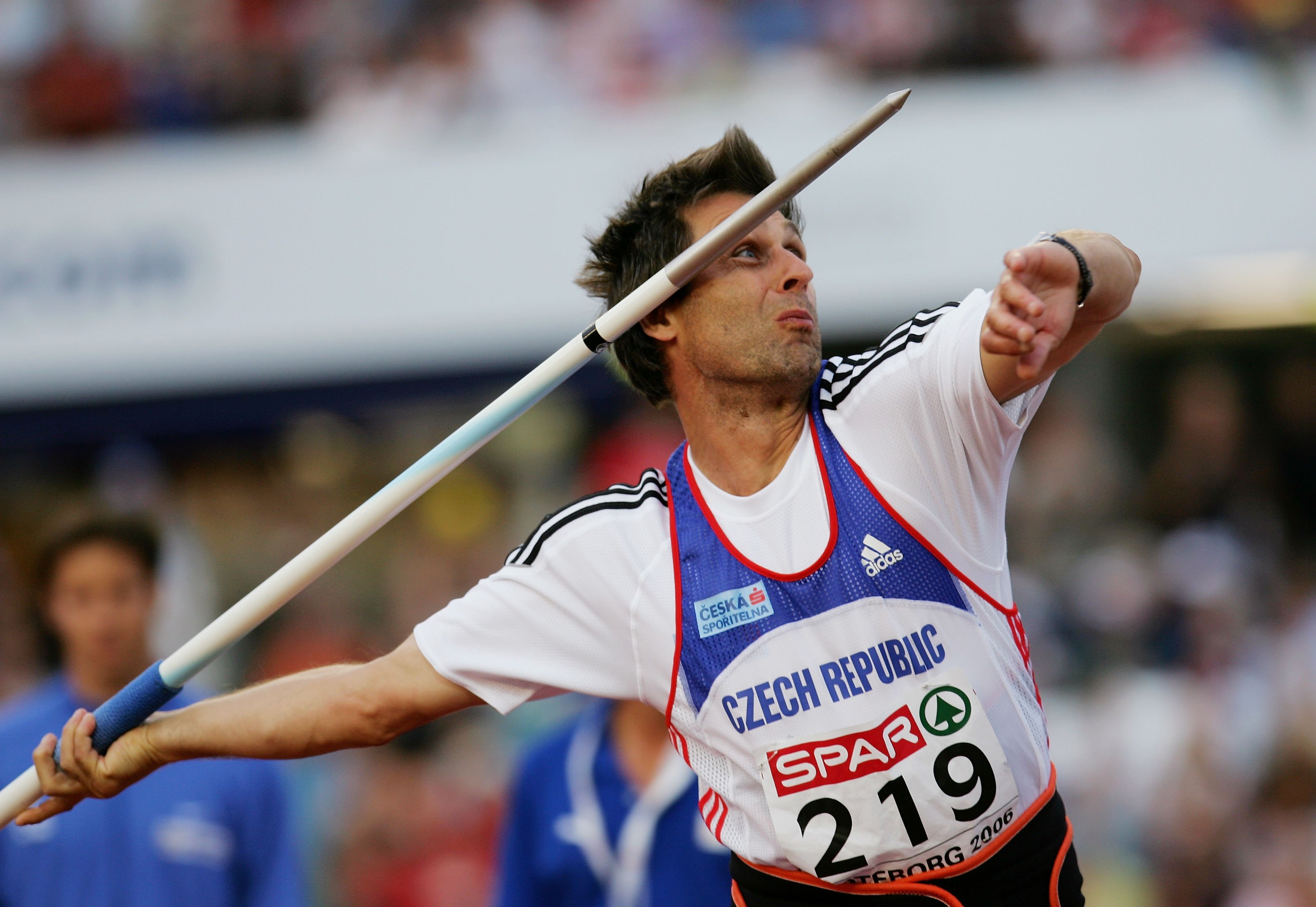The Men’s Javelin Final

The men’s javelin final is a thrilling event that showcases the power, precision, and athleticism of some of the world’s best throwers. This competition has a rich history and continues to evolve as athletes push the boundaries of human performance.
The History and Significance of the Men’s Javelin Event, Men’s javelin final
The javelin throw is one of the oldest track and field events, dating back to ancient times. It was included in the first modern Olympic Games in 1896 and has been a staple of the Games ever since. The event has evolved over the years, with changes to the rules and equipment, but the fundamental principles remain the same.
The javelin throw is a test of strength, speed, and technique. Athletes must generate significant force to propel the javelin through the air, while maintaining accuracy and control. The event requires a high level of coordination and athleticism, making it a challenging and rewarding discipline.
The Rules and Scoring System for the Men’s Javelin Final
The rules and scoring system for the men’s javelin final are designed to ensure fairness and accuracy. Athletes have six attempts to throw the javelin, with their best throw counting towards their final score. The javelin must be thrown from a designated throwing area and must land within a marked sector. The distance of the throw is measured from the point where the javelin first touches the ground to the foul line.
The athlete with the longest throw wins the competition. In the case of a tie, the athlete with the second-longest throw wins. If there is still a tie, the athlete with the third-longest throw wins, and so on.
Key Athletes Competing in the Final
The men’s javelin final features a talented field of athletes, each with their unique strengths and weaknesses.
- Athlete 1: Athlete 1’s strengths and weaknesses. Include relevant details like personal bests, recent performances, and notable achievements.
- Athlete 2: Athlete 2’s strengths and weaknesses. Include relevant details like personal bests, recent performances, and notable achievements.
- Athlete 3: Athlete 3’s strengths and weaknesses. Include relevant details like personal bests, recent performances, and notable achievements.
- Athlete 4: Athlete 4’s strengths and weaknesses. Include relevant details like personal bests, recent performances, and notable achievements.
The competition is expected to be close, with several athletes having the potential to win. It will be exciting to see who emerges victorious and sets a new world record.
Analyzing the Performance of the Top Contenders: Men’s Javelin Final

The Men’s Javelin Final is a showcase of athleticism and precision, where the world’s best javelin throwers compete for the ultimate prize. Each thrower brings a unique blend of strength, technique, and mental fortitude to the competition, and their performance is heavily influenced by a combination of factors. Analyzing the throwing techniques, recent performances, and contributing factors of the top contenders provides valuable insights into their potential for success.
Throwing Techniques
The throwing techniques of the top contenders vary, each athlete seeking to maximize their throwing distance. Some key aspects to consider include the approach run, the javelin grip, the throwing motion, and the follow-through.
- Approach Run: The approach run is crucial for building momentum and generating speed. The thrower’s stride length, rhythm, and acceleration all play a role in maximizing the speed at which they enter the throwing area. Some athletes prefer a longer approach run, while others opt for a shorter, more explosive run. The ideal approach run is tailored to the individual athlete’s physical attributes and throwing style.
- Javelin Grip: The grip on the javelin influences the thrower’s control and power. The most common grip is the “overhand grip,” where the thrower holds the javelin with their hand over the top. The grip position affects the javelin’s release angle and trajectory. Some throwers use a slightly different grip, adjusting the position of their fingers or the angle of their hand to optimize their throw.
- Throwing Motion: The throwing motion is the culmination of the approach run and the javelin grip. The thrower must use their body’s strength and momentum to generate a powerful and accurate throw. The throwing motion involves a series of coordinated movements, including the arm swing, the body rotation, and the release of the javelin. The thrower’s technique and coordination are critical to achieving maximum distance.
- Follow-Through: The follow-through is the final stage of the throw, where the thrower’s body continues its motion after releasing the javelin. A strong follow-through helps to maintain momentum and ensure a smooth, balanced throw. The thrower’s body position and the direction of their follow-through can impact the javelin’s trajectory and distance.
The men’s javelin final is a spectacle of raw power and precision, a testament to the human spirit’s ability to transcend limitations. The quest for gold in this event mirrors the aspirations of a nation, a nation like India, whose dreams are soaring high as it prepares for the 2024 Olympics.
Every throw in the javelin final is a microcosm of the journey towards achieving the impossible, a journey that India is embarking on with unwavering determination.
The men’s javelin final is a spectacle of raw power and precision, a testament to the human spirit’s ability to harness both strength and finesse. The javelin, a simple yet powerful tool, becomes an extension of the athlete’s will, soaring through the air in a graceful arc.
This ancient sport, with roots dating back to the earliest civilizations, finds its modern expression in the olympics javelin throw , a stage where athletes strive to push the boundaries of human potential, leaving behind a legacy etched in the annals of athletic history.
The men’s javelin final, then, is more than just a competition; it’s a ritual, a celebration of human potential, and a reminder of our shared connection to the primal forces of nature.
